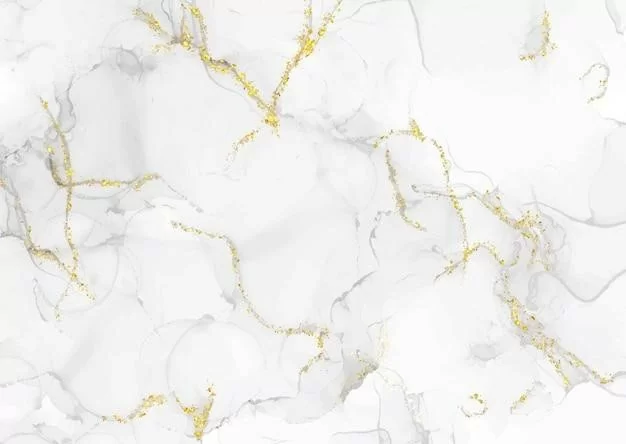Marble and Granite: What's the Difference

Marble and granite are both beautiful, highly sought-after surfacing materials. But each one does have its own attributes. Weighing the pros and cons before deciding on one or the other for your surfacing project is important. So, what exactly is the difference?
Marble typically has veining whereas granite has more fleck-like, granular appearance but it can't be stated as a rule. Based on its composition, natural stone has two general categories:
Siliceous stone is composed mainly of silica, or quartz-like particles. It tends to be very durable and easy to clean. Stones in this category are granite, slate and sandstone.
Calcareous stone is made of mainly calcium carbonate. It’s sensitive to acids, including cleaning products and foods like citrus fruits, vinegar, wine, tomatoes, etc. It requires different cleaning procedures than siliceous stone. These types of stones include marble, travertine, limestone, and onyx.
So which one should you choose? It all depends on the aesthetic you prefer and how much maintenance you’re willing to do.
Though both are natural and quarried from the earth, they possess very different properties. The biggest difference between granite and marble is their porosity. Basically, marble is softer and more porous than granite with few exceptions like marble from Danby, VT. Marble like Imperial Danby from Vermont is one of those types which are very solid. Granite, whose crystalline structure makes it more resistant to abrasion, staining, and discoloration, is in fact, the strongest of all natural stones.
Granite is an igneous rock, which means it was once molten and formed as it cooled deep within the earth. The minerals contained in granite usually appear as small flecks throughout the stone. Marble, on the other hand, was once limestone that changed due to intense heat and pressure. This process altered its crystalline structure and introduced other minerals, which produce its characteristic veining.
Both marble and granite are hard, heavy, relatively heat and scorch proof, and come in a wide array of colors and patterns. Since both are created in nature, there can be drastic variations in color and pattern. In both cases, a display sample you see in-store may not be an accurate representation of your actual purchase. (So be sure to see your slabs in person, no matter which material you select.) Both stones can be stained by oily or intensely colored foods, so both require sealing every so often (typically once a year.) Both come about through complex reactions in the earth that take millions of years, helping them achieve a look that is very much unlike any man made material.
Most of all, both marble and granite make beautiful countertops, backsplashes, wall coverings, floor coverings, and more. They are both unique stones and can represent a very significant investment. Still have more questions about the differences between marble and granite? Let our stone experts at Marble and Granite, Inc. walk you through the steps to choose which one is right for you. You’re always welcome to visit our showrooms or visit us online.
Source: https://www.marbleandgranite.com/blog/2013/november-2013/marble-and-granite-what-s-the-difference




